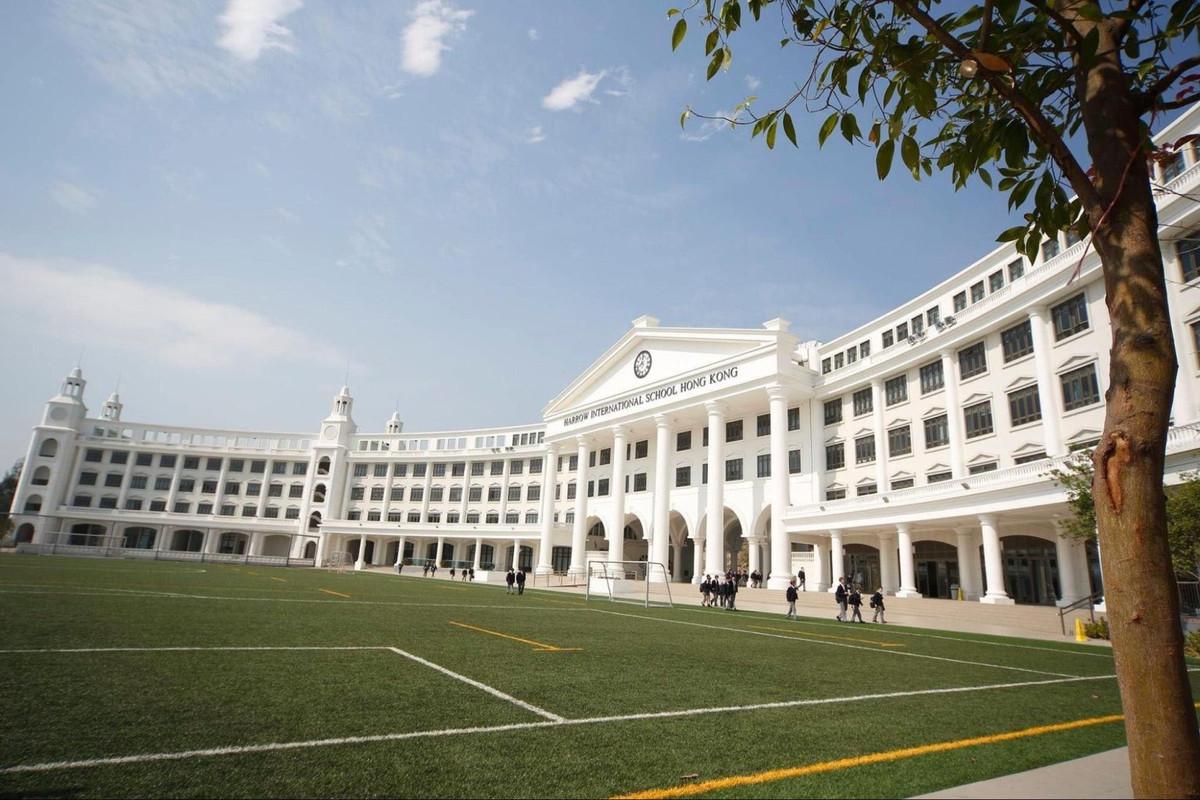97 Dead. No Accident. The Hillsborough Disaster and the Deadly Cost of Failed Crowd Management.
Published on September 10, 2025 by MoreMeets Team

On April 15, 1989, at the Hillsborough Stadium in Sheffield, England, a football match turned into a scene of unimaginable horror. A massive crush of spectators in the stadium's central pens led to the deaths of 97 Liverpool supporters. For decades, the narrative was wrongly focused on fan behavior. But years of inquiries have since made it clear: the disaster was caused by a catastrophic failure of police and stadium management.
The key failures were procedural. A decision to open an exit gate to relieve congestion outside the stadium funneled thousands of fans into already overcrowded central pens. There was no system to monitor crowd density within the pens, no protocol to direct fans to less-crowded side pens, and no coordinated medical emergency response.
Failure Point 1: Failure to Monitor Pen Density
The control room had no way of knowing the central pens were dangerously full. Stewards on the ground were not trained or required to report capacity levels. They were blind to the developing crush until it was too late.
This SOP mandates dedicated CCTV operators to monitor real-time crowd density. More importantly, it requires stewards at the entrance to each pen to use clicker counters. If a sector reaches a pre-defined threshold (e.g., 85% capacity), a protocol is triggered to redirect fans, preventing a crush before it begins.
Failure Point 2: Uncontrolled Fan Inflow
The police decision to open Gate C to relieve pressure outside funneled a huge wave of fans down a narrow tunnel directly into the already-packed central pens. There were no stewards assigned to direct this new wave to the emptier side pens.
A modern SOP has a specific, drilled plan for this exact scenario: "If Gate C is opened, stewarding teams C-1 and C-2 are pre-positioned to form a human channel, directing incoming fans *away* from the central tunnel and towards the side pens." This replaces chaos with a managed flow.
Failure Point 3: Delayed and Uncoordinated Medical Response
Police and medical teams were unable to reach the victims in time due to the chaos and a lack of a pre-planned medical emergency route. They mistook a deadly crush for a public order disturbance.
This plan, part of our Sports Clubs & Stadium Operations Pack, establishes pre-defined medical extraction routes, communication codes ("Code Blue" for medical, not "Riot"), and has mobile medical teams on standby at key points within the stadium, ready to be dispatched by the central control room for rapid deployment.
Conclusion: Never Again
The legacy of Hillsborough is a solemn reminder that the safety of spectators is the absolute, non-negotiable responsibility of stadium operators. It is not an accident when foreseeable risks are not managed. Implementing a rigorous, checklist-driven crowd management plan is the only way to honor the memory of the 97 victims and ensure such a tragedy is never repeated.
Continue Your Journey to Excellence
The concepts in this article are operationalized in the following toolkit:
Sports Clubs & Stadium Operations Pack
Premium Pack
Explore The Full Toolkit

